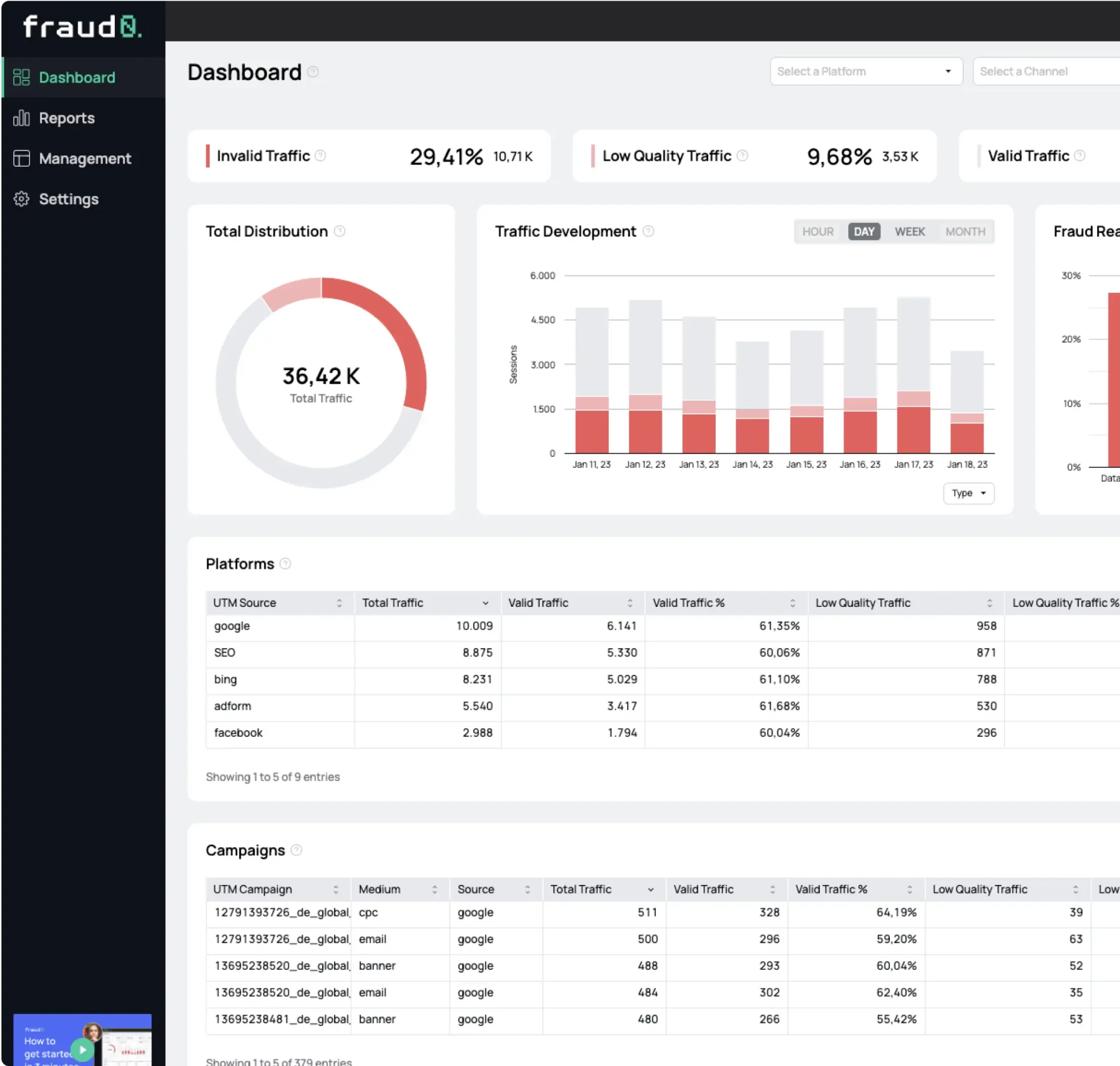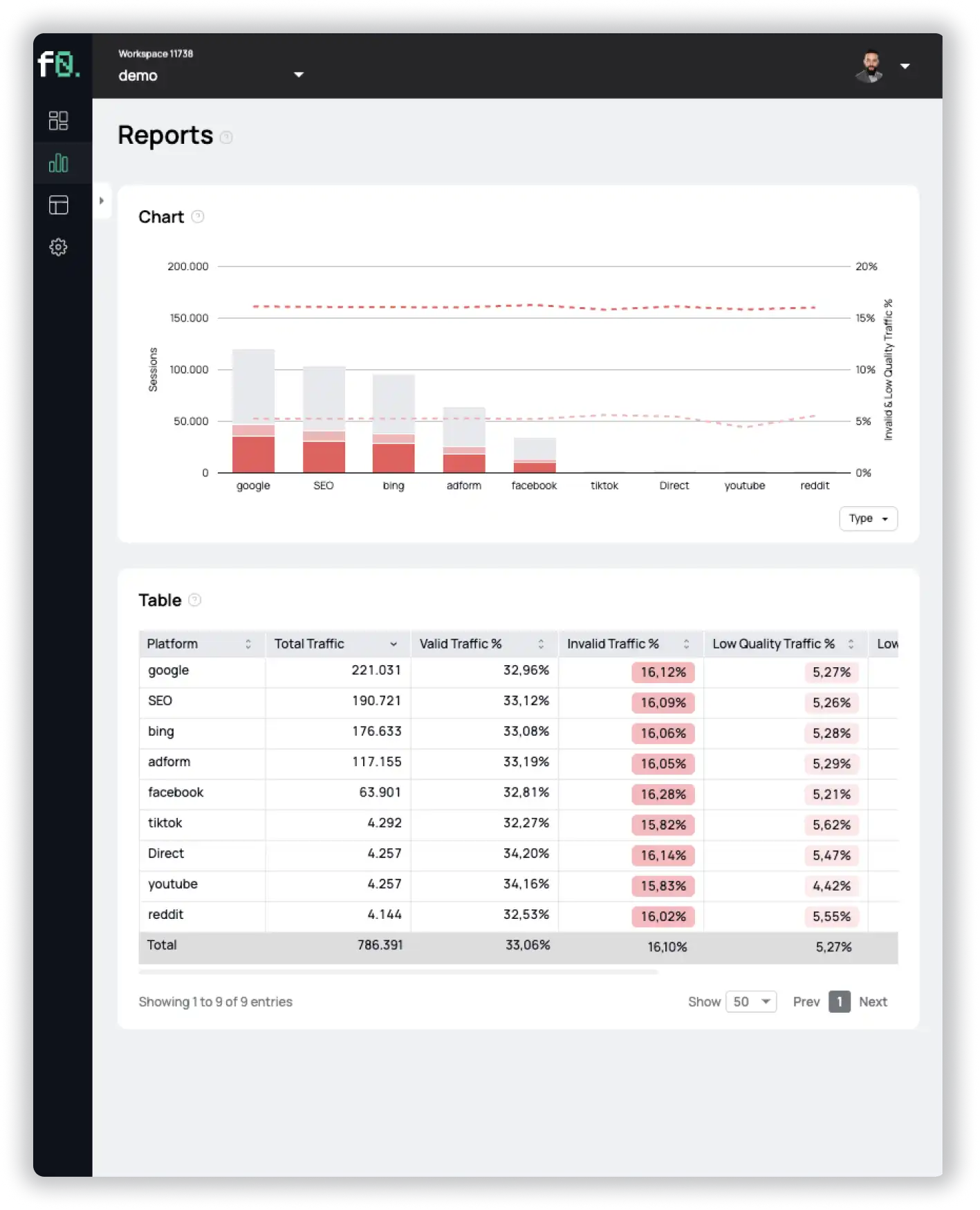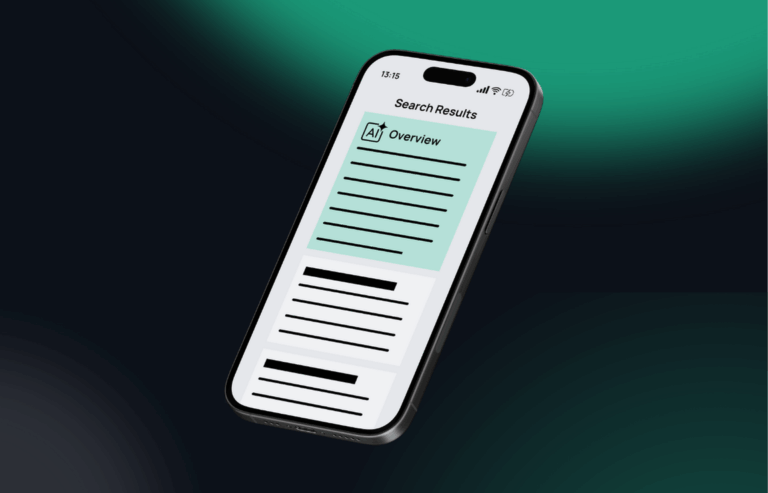- Blog
Why Performance Metrics Alone Shouldn’t Drive Your Campaigns

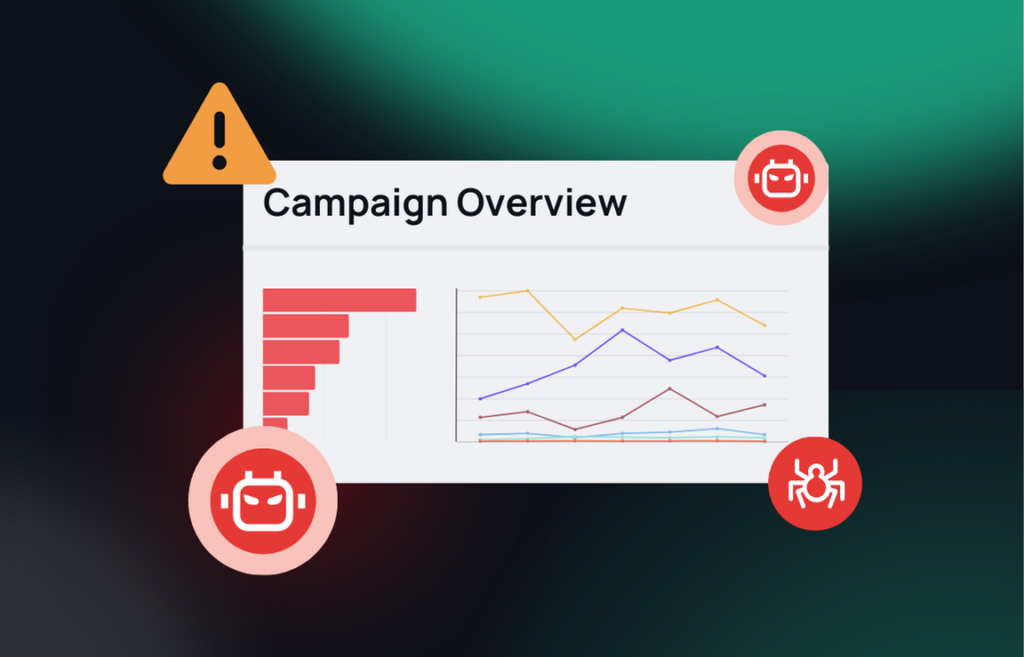
Marketers, it’s time to rethink how you optimize your ad campaigns. While it might seem like a no-brainer to let algorithms and performance metrics like clicks, impressions, or conversions guide your budget allocation, doing so can be a costly mistake. Here’s why.
The Trap of Automatic Optimization
Many marketers rely on automatic optimization tools that adjust budgets or bids based on performance metrics like click-through rates or impressions. The idea is that by increasing investment in the channels that “perform better,” you’re maximizing your return on ad spend. Unfortunately, this type of optimization often falls right into the hands of fraudsters. Why? Because bots are designed to exploit these numbers.
In the screenshot below, you’ll find an impression overview filtered by SSP. It highlights that the SSP with the highest number of impressions has a significant portion marked as invalid (shown in red). In this case, a budget reallocation is recommended to optimize ad spend and focus on more effective sources.
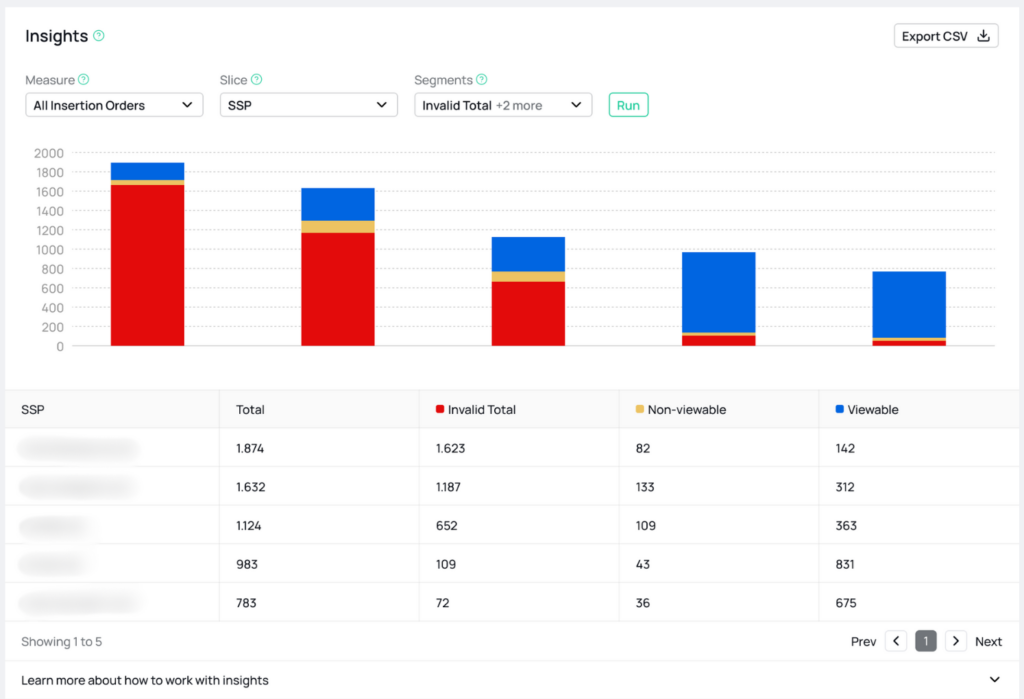
Bots are designed to click on ads at a much higher rate than humans do, meaning that sites with bot traffic often appear to perform better than real, human-focused sites. If your algorithms are optimizing for clicks, you’re likely funneling more budget to these fraudulent actors. The same applies to metrics like viewability, where fake sites manipulate measurements to seem more effective.
The Performance Illusion
Consider this: bots can not only click on ads but also convert. They can fill out lead forms, complete purchases, or even play mobile games and buy in-game power-ups.
Bots converting may seem far-fetched, but it happens. Take, for example, ticket scalping bots that buy up concert tickets within minutes of release. These bots aren’t just clicking – they’re completing transactions. In digital marketing, this translates to bots that might fill out a form, reach a purchase confirmation page, or abandon a cart to trigger higher retargeting CPMs.
The point is, bots can do anything a human can do in a browser or app and algorithms optimizing for these metrics won’t know the difference.
The Real Cost of Bot-Driven Campaigns
Let’s break it down: If you’re basing your optimization decisions on these inflated metrics, you’re probably paying a lot more than you should for real, human interaction. You might think your campaign is performing well because your click-through rates are up, but a significant chunk of those clicks could be coming from bots. In some cases of our customers, over 50% of the clicks might be fake.
This skews the data, making you think your campaign is working better than it actually is. For example, if only 50% of your clicks come from humans, your cost per human click is two times higher than your CPC would suggest. This means you’re effectively burning your budget on fake clicks while thinking you’re optimizing for success.
The Impact of Attribution Fraud
Even if bots aren’t completing purchases, they can still manipulate attribution, making it look like they were responsible for sales that were actually made by real users. Fraudsters claim credit for these conversions and get paid a commission or revenue share, even though they didn’t genuinely drive the sale. This type of fraud, known as attribution fraud, is particularly insidious because it’s hard to spot without the right tools.
How to Combat Fraud and Optimize for Real Outcomes
So what can you do? Instead of letting algorithms optimize for easily manipulated metrics like clicks or viewability, focus on real business outcomes. Look at your incremental sales – were they truly driven by your digital marketing efforts? Another important tactic is to study the quality of your traffic. With tools like fraud0, you can isolate bot traffic and filter out fake clicks. You can track who clicked, what they clicked on and whether it was a bot or a human that interacted with your ad.
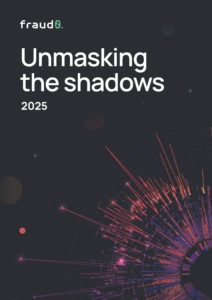
See what’s hidden: from the quality of website traffic to the reality of ad placements. Insights drawn from billions of data points across our customer base in 2024.
1%, 4%, 36%?
